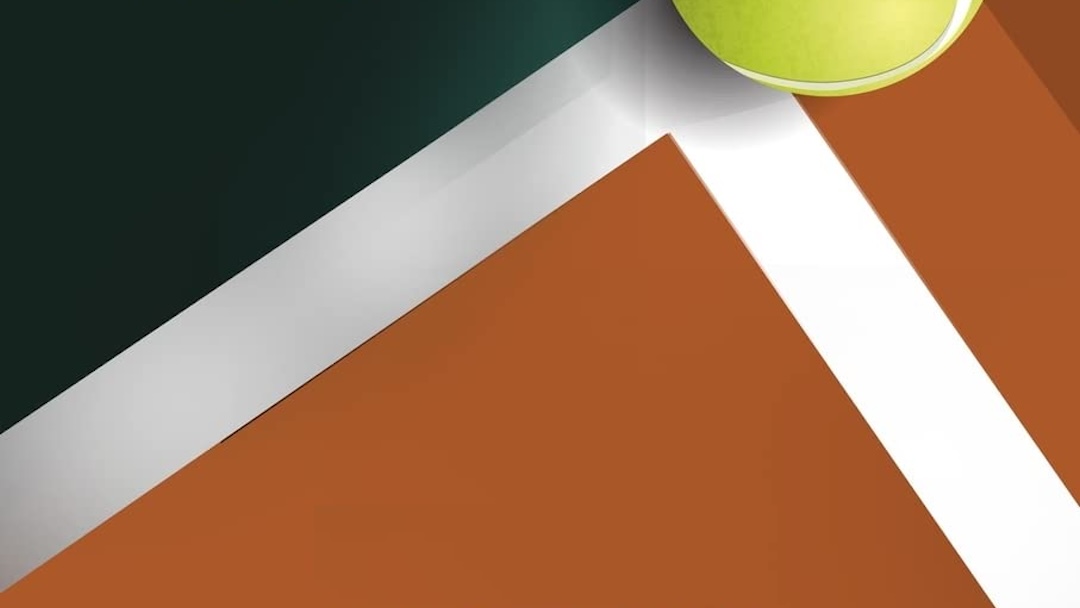Arthur Ashe was a pivotal figure in the world of tennis. His legacy in the sport transcended the court through his activism and social justice. The first African American man to win Grand Slam singles titles at the US Open, the Australian Open, and Wimbledon was also a prolific reader and writer. While Ashe’s life was tragically cut short by complications from AIDS in 1993, his legacy as a groundbreaking athlete and an impassioned activist continues through the books he wrote.
‘Arthur Ashe On Tennis: Strokes, Strategy, Traditions, Players, Psychology, and Wisdom‘ was published two years after his death. It was a project that started a few years earlier as a mechanism for Ashe to answer some of the most frequent questions he was asked about tennis. Though the project was put on the back burner as he completed his memoir ‘Days of Grace,’ it was always his intention to see ‘Arthur Ashe On Tennis‘ through to completion. He conducted extensive interviews with his co-author Alexander McNab and continued to polish the material up until his sudden death.
This book is exactly what the original vision set out to be. It is organized into the chapters that are reflected in the subtitle with a collection of insights into the strokes, strategy, traditions, players, and psychology of tennis. Each of those sections contain distilled capsules of Ashe’s perspective on a variety of topics. The result is an eclectic blend of tennis knowledge that will resonate with different audiences.
The game of tennis has evolved a lot since this book was published. Consequently, some of the material in the “Strokes” section will seem dated. For example, I don’t think anyone is really recommending the Eastern grip for the forehand anymore. However, Ashe’s views on shot selection and when to deploy certain tactics is timeless and still insightful to this day.
The “Strategy” section is filled with practical advice for playing effectively in a variety of match situations. The essay on when a player should change the game plan outlines an on court philosophy that all players should explore. Ashe also gives specific tips for playing from behind. My personal favorite tactic that he shared is making your opponent play the shots they hate to hit. (Shhhh… that’s a secret!)
I didn’t really expect to benefit from the tennis history and culture information encapsulated in the “Traditions” section. However, I was pleasantly surprised at the depth of unique insight that Ashe brought to these topics. In that same chapter, he advocates for players to study the rule book to protect their rights when competing. That is a theme that resonates with me.
The “Players” section contains Ashe’s perspective of other iconic competitors of his time. He was not a fan of the tennis “brats,” and that section includes a relatively “hot take” that John McEnroe might have won more titles had he better controlled his emotions. Conventional wisdom is that McEnroe’s outbursts disrupted his opponents and made him better.
Ashe was generally thought to be unflappable on the court, so his views on psychology in tennis should be mandatory reading for all players. In that section, he also advocates for using video analysis, positive visualization, and maintaining a practice and match analysis journal. It’s all good stuff.
‘Arthur Ashe On Tennis: Strokes, Strategy, Traditions, Players, Psychology, and Wisdom‘ stands as a testament to the enduring legacy of a remarkable individual whose influence transcended the confines of the tennis court. It is evident that many of his words and insights remain as relevant today as they were when this book was originally published. Reading it honors Arthur Ashe’s enduring legacy while simultaneously enriching your own understanding of the game.
Fiend At Court participates in the Amazon associates program and receives a paid commission on any purchases made via the links in this article. Details on the disposition of proceeds are available on the “About Fiend at Court” page.



